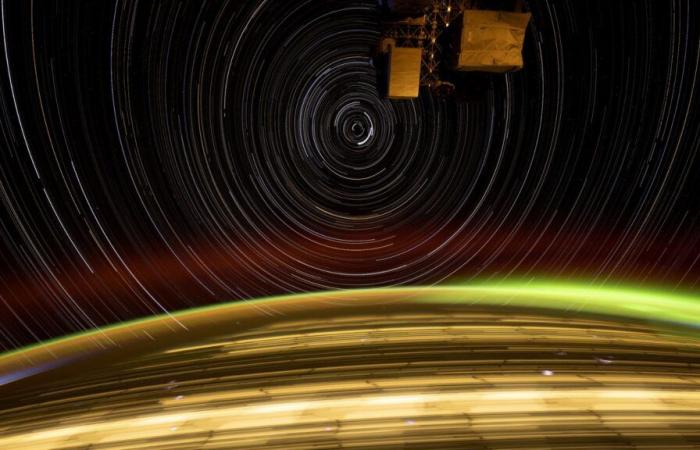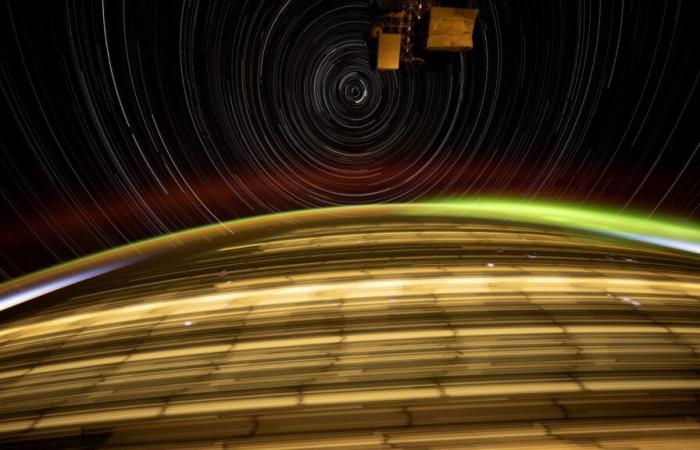American astronaut Don Pettit, on a mission in space, regularly photographs the Earth. His latest photo immortalizes a part of our planet in a ballet of light coming from the sky and the cities.
From space, astronauts have a unique view of Earth. The Frenchman Thomas Pesquet has shown this on numerous occasions, immortalizing our planet during his two missions aboard the International Space Station (ISS). But he is not the only one who knows how to take superb photos of Earth from the ISS. A new photo by American astronaut Don Pettit, shared on
The Earth photographed from space, in a flood of light
Don Pettit has been on mission at the station since September. He is a very experienced astronaut — he has already spent more than 370 days in space. He is particularly known for his striking photos taken from the space station. His most recent photograph captures the Earth in a veritable deluge of light, both from the stars and from the cities illuminated at night.
How did the American astronaut bring out these poetic plays of light? It took him a while, as Don Pettit played on exhibition times. Thanks to an exposure lasting 30 minutes, the astronaut managed to “ capture sunset (left) until sunrise (right) “, he explains in his tweet.
This image is a circumpolar: what is it?
Don Pettit achieved what astrophotographers call a circumpolar: he managed to immortalize the movement of the stars, or more precisely, the rotational movement of the space station. It is not the stars that are moving, but the ISS which is rotating around the Earth. The stars therefore no longer appear as fixed points of light in the photo, but as light trails. This type of circumpolar photography can also be obtained from the earth's surface. These star trail effects are also possible, since the Earth itself is rotating.
In the same way, the light of the cities turns into light streaks in Don Pettit's image, again because of the movement of the space station. We can also see an atmospheric glow, colored green and red. If you look closely at the photo, it is even possible to distinguish lightning and auroras, notes Digital Trends.
Don Pettit concludes by inviting Internet users to soon discover his other photos of our planet: “ Stay tuned to see more. »
This content is blocked because you have not accepted cookies and other trackers. This content is provided by YouTube.
To be able to view it, you must accept the use carried out by YouTube with your data which may be used for the following purposes: allowing you to view and share content with social media, promoting the development and improvement of products from Humanoid and its partners, display personalized advertisements to you in relation to your profile and activity, define a personalized advertising profile, measure the performance of advertisements and content on this site and measure the audience of this site (find out more more)
By clicking on “I accept all”, you consent to the aforementioned purposes for all cookies and other trackers placed by Humanoid and its partners.
You can withdraw your consent at any time. For more information, we invite you to read our Cookies Policy.
I accept everything
Manage my choices
Everything you need to know about the star of the solar system, the Sun







